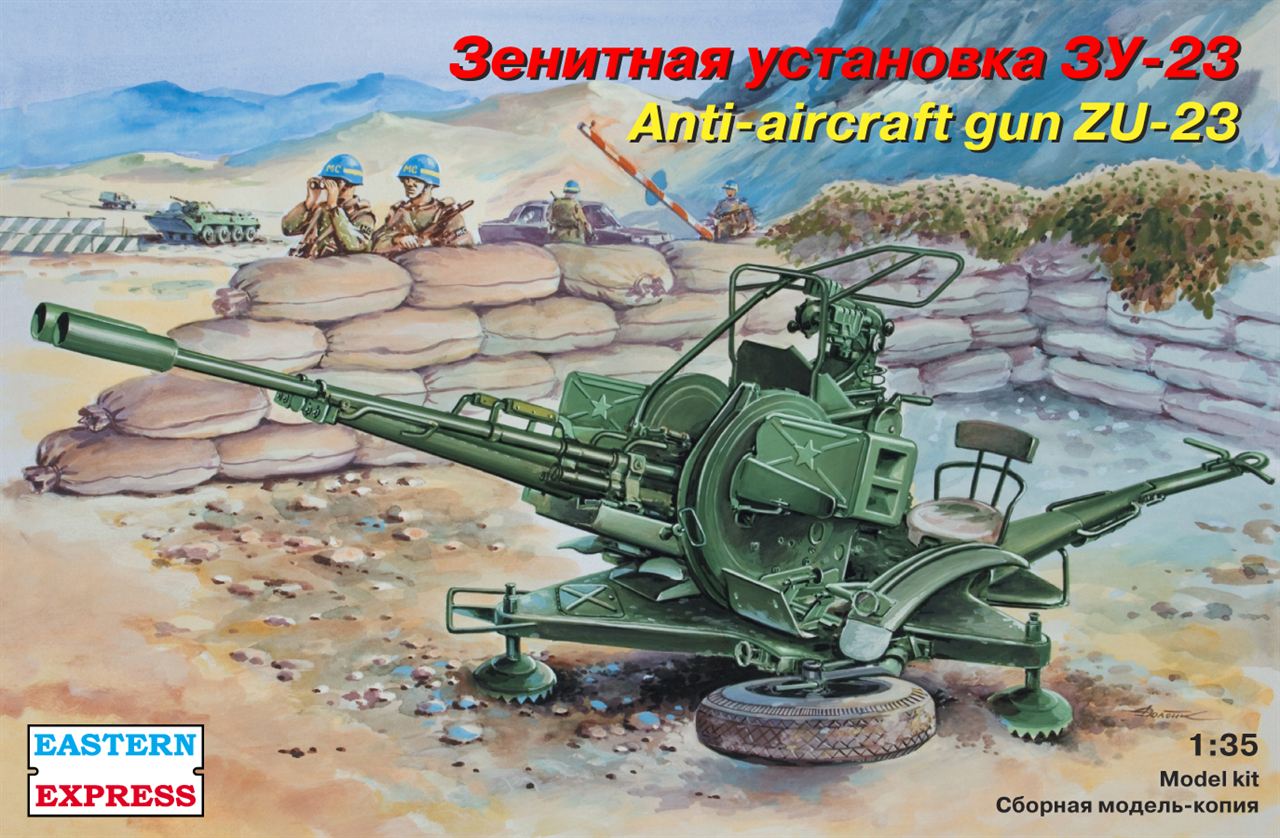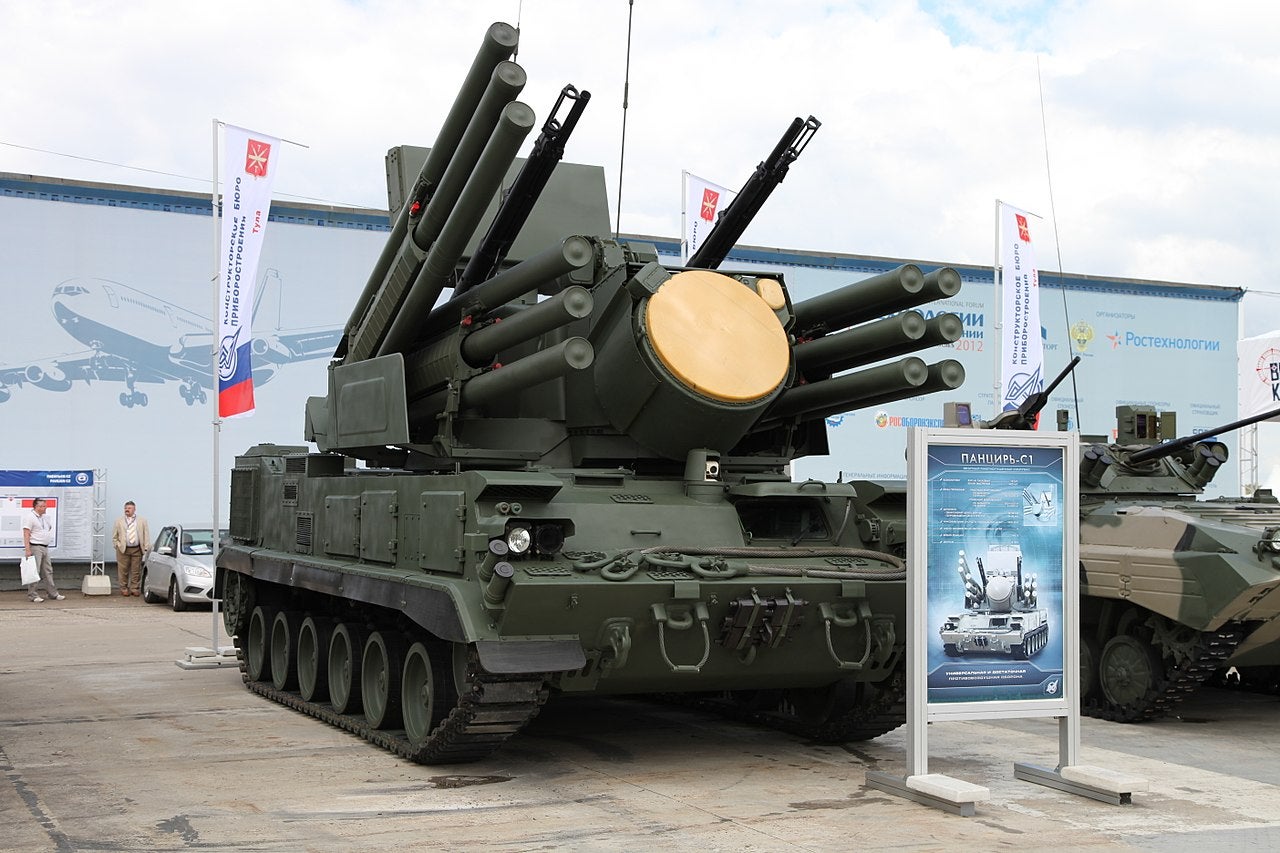Russia Anti Aircraft Gun - He said the drones had damaged the front and central parts of the A-50 plane, including the aircraft's radar antenna and avionics. The two people who carried out the attack were now safely outside Belarus, he said.
Detentions are common in Belarus, for offenses as small as comments on social media, especially after Lukashenko crushed the mass pro-democracy protests in 2020 and jailed all leading opposition figures or forced them to flee abroad.
Russia Anti Aircraft Gun

57mm S-60 towed anti-aircraft gun on display in the Saint Petersburg Artillery museum. Source: One half 3544 - © Public domain The Kremlin declined to comment on Azarov's claim, saying that the alleged incident had occurred on the territory of Belarus, which it said had denied the claim.
Mm S-
There was no immediate response to requests for comments from the Belarusian or Russian defense ministries. "I am proud of all Belarusians who continue to resist the Russian hybrid occupation of Belarus & fight for the freedom of Ukraine," Tsikhanouskaya, the opposition leader, wrote on Twitter, with a link to her adviser Viacorka's report.
A camera mounted on the drone showed how the pilots carefully navigated over the snow-covered Machulishchy air base near the Belarusian capital, buzzed along towards the spy plane and gently touched down on the radar dish mounted on top of its fuselage.
Reuters, the news and media division of Thomson Reuters, is the world's largest multimedia news provider, reaching billions of people worldwide every day. Reuters provides business, financial, national and international news to professionals via desktop terminals, the world's media organizations, industry events and directly to consumers.
The S-60 is normally towed by 6x6 trucks such as the Ural 375 and Zil-151. It is designed to be used in a prepared firing position and cannot fire on the move. In an emergency situation the gun can be fired from its wheels but the chassis is severely strained and accuracy is impaired.
Information You Can Trust
The ZSU-57-2 self-propelled anti-aircraft gun features two 57mm guns as used in the S-60. It has a much higher mobility, but lacks the option for radar guidance. The S-60 is a very powerful weapon system. Anti-aircraft guns often rely on either a high rate of fire or powerful shells to destroy their target.
The S-60 has both these features. The cyclic rate of fire of 105 to 120 rounds per minute allows for a practical rate of fire of 70 rounds per minute. The maximum horizontal range is 12 km with the maximum vertical range being 8.8 km.
The maximum effective range is 4 km as a standalone weapon and 6 km with fire control. In combat the S-60 proved to be most useful against fighter aircraft at altitudes between 0.5 and 1.5 km.
When used against ground targets, the effective range is up to 3 km. Additionally, 23-millimeter and 30-millimeter shells can still penetrate the enhanced armor of new attack helicopters, but they are not able to create the required density of fire, which guarantees the destruction of cruise, guided and anti-radar missiles, as well
Fire Control
as guided air bombs and drones. Therefore, the use of new weapons with a 57-millimeter caliber will be able to strike targets at an extended distance and height. Feb 27 (Reuters) - Belarusian anti-government activists said they had blown up a sophisticated Russian military surveillance aircraft in a drone attack at an airfield near the Belarusian capital Minsk, a claim that neither Russia nor Belarus confirmed.
We will automatically post your comment and a link to the news story to your Facebook timeline at the same time it is posted on MailOnline. To do this we will link your MailOnline account with your Facebook account.

We'll ask you to confirm this for your first post to Facebook. The S-60 was widely used by Soviet and Eastern European forces. It was also widely exported to Soviet allies in the Middle East, Asia and Africa.
In Soviet service the S-60 was replaced by the 9K33 Romb (NATO: SA-8 Gecko) self-propelled SAM system. By the late 1970's hardly any S-60 remained in service. However, the S-60 is still a very common weapon as it is used by many armies around the world.
Mm S-
Front and central parts of the AWACS Beriev A-50U aircraft as well as the radar antenna were later damaged from two explosions at the base amid the drone attack, Belarusian partisans and members of the country's exiled opposition said.
The plane - a Beriev A-50 aircraft - has the NATO reporting name of Mainstay and is an airborne early warning aircraft with command and control capabilities and the ability to track up to 60 targets at a time.
The S-60 can be used as a standalone weapon. In this case the operator aims the weapon using the sight unit. Up to six S-60 can be slaved to a PUAZO-5A fire director and SON-4 fire control radar.
Alternatively, the newer PUAZO-6 fire director and SON-9 Grom-2 fire control radar are used. Finally the RPK-1 Vasa fire control system on Ural 375 truck was developed. For the Chinese Type 59 the trailer mounted GW-03 director with LLP12 computer are used.

Variants Of The S-
The increased caliber of the anti-aircraft cannon will reduce the ammunition carrying capacity, but the effectiveness of the system will remain high, as the amount of ammunition needed to destroy one target will decline. The system's larger caliber will enable users to fire not only at air targets, but also at ground targets if employing anti-aircraft, high-explosive and fragmentation, as well as sub-caliber, shells.
Belarus President Alexander Lukashenko, a key Putin ally (pictured together on February 17), provided Moscow with a launching pad for the invasion and there has been Russian and Belarusian military activity in the country since then
The new unit should be equipped with a telethermal optoelectronic system that ensures the efficient use of the antiaircraft system's standard weapons. The system should guarantee the destruction of enemy aircraft at a distance of 4-5 miles (6-8 kilometers) and drones at a distance of 2-3 miles (3-5 kilometers).
The S-60 is a towed single barrel 57mm anti-aircraft gun of Soviet origin. It was designed just after World War 2 to replace the 37mm M1939. It was also known as the AZP S-60 in Soviet service and as the M1950 in the West.
New Caliber For Solid Armor
It can be used as a standalone weapon or used in conjunction with fire control and radar. During several wars it proved to be a powerful weapon system. In modern armies the S-60 is replaced by surface to air missiles.
The S-60 remains a powerful but outdated weapon system. [1/4] Beriev A-50 early warning aircraft flies during a rehearsal for the Victory Day parade, which marks the anniversary of the victory over Nazi Germany in World War Two, near the Moscow International Business Center, also known as "Moskva-

City", in Moscow, Russia May 7, 2019. REUTERS/Evgenia Novozhenina You can choose on each post whether you would like it to be posted to Facebook. Your details from Facebook will be used to provide you with tailored content, marketing and ads in line with our Privacy Policy.
In recent months, Belarus and Russia have held a series of military operations and Ukraine has expressed fears that Minsk will enter the conflict. A number of Russian warplanes and early warning and control aircraft have been deployed to Belarus.
In September 2015, the Russian defense industry showcased the latest Derivatsiya system with the AU-220M cannon mounted on the BMP-3 amphibious armored vehicle at the international military exhibition RAE-2015 in the city of Nizhny Tagil in the Ural Mountains.
The performance characteristics of the new system are strictly classified, but it is known from open sources that it is also supposed to use guided missiles fired through the gun barrel, which serves as a launcher in this case.
The development of replacements for the global bestsellers – the Shilka and Tunguska anti-aircraft systems – was announced by the commander of Russia's ground forces air defense, Lieutenant General Alexander Leonov, on the Rossiya 24 TV channel in late December 2015.
Artillery systems of this caliber were actively used in the past, but did not become widespread in the armed forces. However, Derivatsiya's designers decided to return to the neglected caliber, as under the new conditions it has a number of advantages over existing cannons.

57mm S-60 towed anti-aircraft gun on display in a museum in Israel. Source: Bukvoed - © GNU Attribution - Share Alike license "They were drones (that carried out the attack). The participants of the operation are Belarusians," Aliaksandr Azarov, leader of Belarusian anti-government organization BYPOL, was quoted as saying on Sunday on the organization's Telegram messaging app and on the Poland-
based Belsat news channel. The S-60 is a towed 57mm anti-aircraft gun of Soviet origin. There are no Soviet variants of the S-60, although over time different fire control systems have been employed with the S-60.
The S-60 has been produced in China since the late 1950's as the Type 59. The Type 59 is a close copy of the S-60 but is different in a few details and uses the Type GW-03 fire director.
It was not produced to replace the 37mm M1939 series anti-aircraft guns in Chinese service, but to complement them. The Hungarian SZ-60 and Polish production S-60 are completely similar to the original S-60. A camera mounted on the drone showed how the pilots carefully navigated over the snow-covered Machulishchy air base near the Belarusian capital, buzzed along towards the spy plane and gently touched down on the radar dish mounted on top of its fuselage.
The S-60 consists of a single 57mm 77-caliber autocannon mounted on a turntable on a four wheel chassis. A crew of seven is needed to operate the weapon. A forward facing gun shield is fitted to protect the crew from aircraft and ground fire.
The gun is fed from 4 round clips. The 57mm ammunition is not interchangeable with Soviet 57mm cannon ammunition used in the ZiS-2 anti-tank gun and ASU-57 assault gun. In the firing position the wheels are raised from the ground.
The weapon is supported by four outriggers: one at the front, one at the rear and one on each side. A unit of fire consists of 200 rounds. These are carried on the 6x6 truck used to tow the S-60.
The need for adopting a new anti-aircraft artillery system is attributed to the increased power of military helicopters equipped with anti-tank guided missiles that now can strike targets at a distance of 5-6 miles (8-10 kilometers), and up to
9.3 miles (15 kilometers) in the future.
new anti aircraft weapons, russian anti air, german anti aircraft gun, soviet 37mm anti aircraft gun, list of anti aircraft guns, russian anti air gun, modern anti aircraft guns, soviet anti aircraft guns